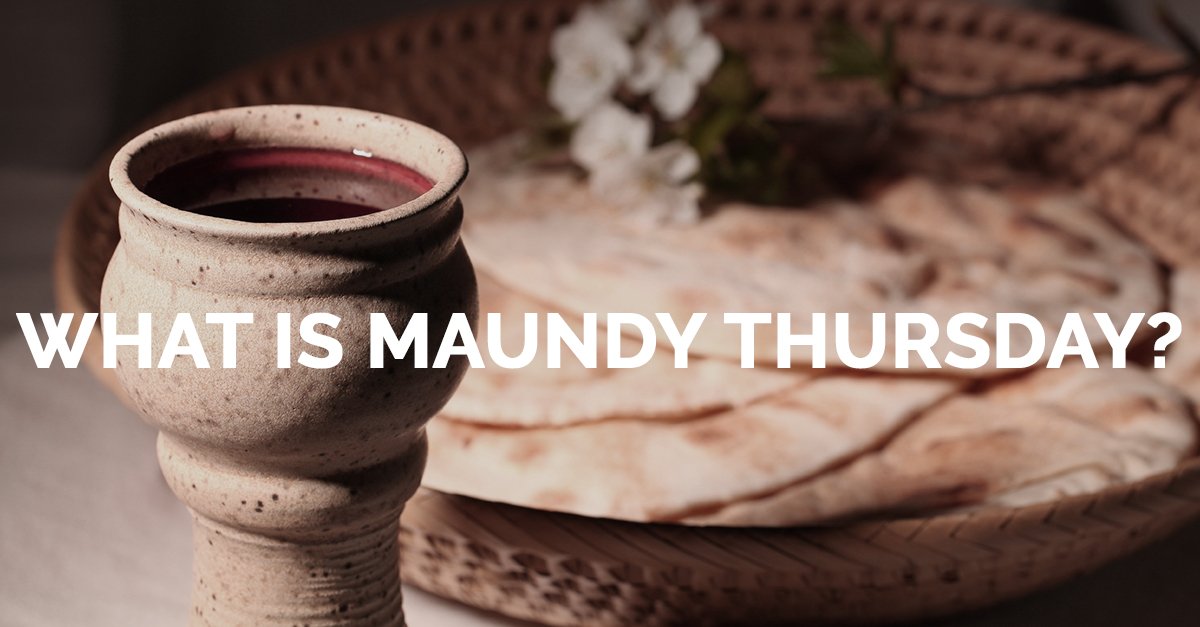MAUNDY THURSDAY occurs the Thursday before Easter Sunday and remembers the time Jesus spent with his disciples in the upper room before His arrest and crucifixion. Maundy Thursday marks three key events in Jesus’ last week:
washing of the disciples’ feet
institution of the Lord’s Supper
command to love one another
In the midst of washing the disciples feet, Jesus gave the ultimate example of servanthood: Jesus knew that the Father had given him authority over everything and that he had come from God and would return to God. So he got up from the table, took off his robe, wrapped a towel around his waist, and poured water into a basin. Then he began to wash the disciples’ feet, drying them with the towel he had around him (John 13:3-5).
This act of service exemplifies the meaning of the new commandment (novum mandatum) which Jesus gives to his disciples:
So now I am giving you a new commandment: Love each other. Just as I have loved you, you should love one another. John 13:34
The command to love one another is not a new one (Leviticus 19:18), however, Jesus gives them a model for acting it out—through complete obedience (John 13:15). This mandatum is where Maundy Thursday gets its name.
To conclude their time in the upper room, Jesus and his disciples sang a hymn together. From there they crossed the Kidron Valley and entered a garden called Gethsemane to pray.
For more on Holy Week, see The Week That Changed The World: Daily Reflections for Holy Week.

